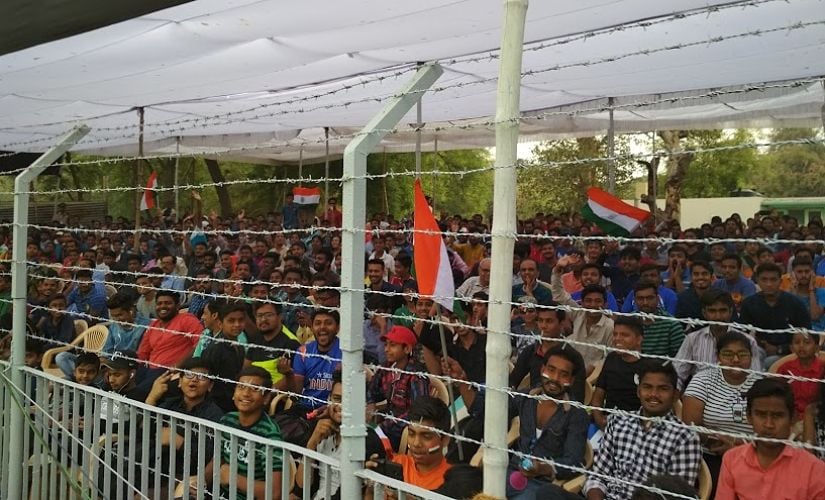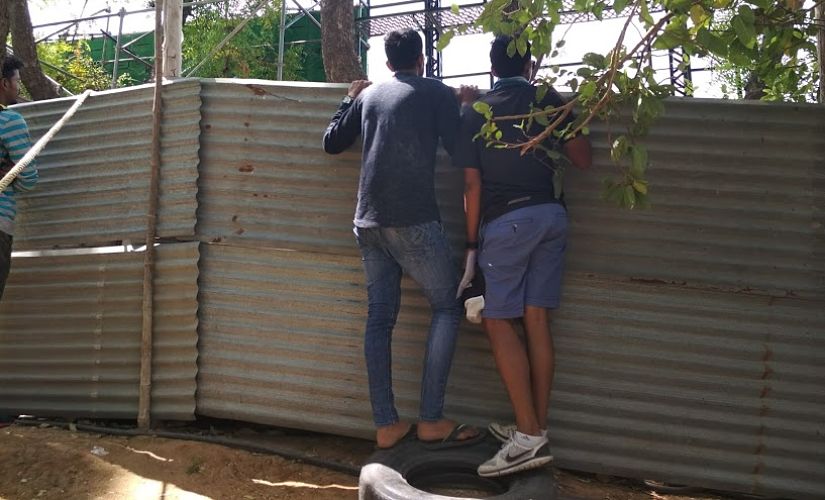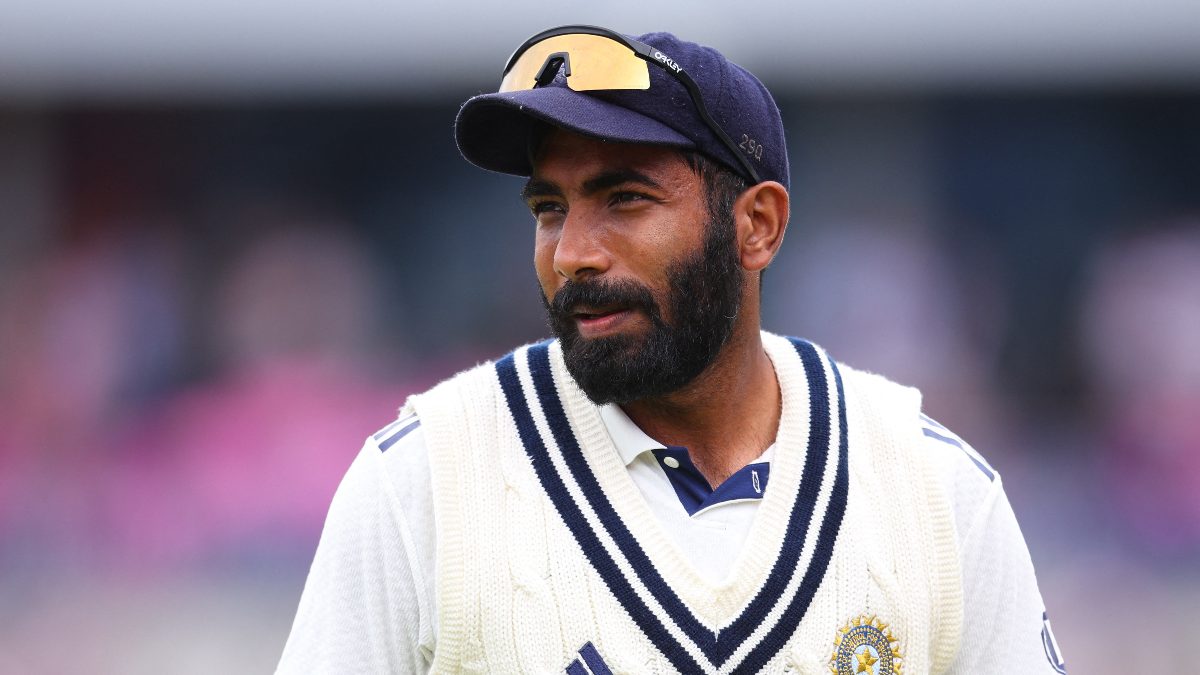When was the last time you saw this many people for a women’s cricket match in India? Mithali Raj was asked this question after the second ODI against Australia at Vadodara. On a Thursday when the maximum temperature would have touched 40 if it cared to stretch a bit, thousands of people filled the Reliance Stadium. Although no official crowd figures were available (or more accurately, various official crowd figures were available), Baroda Cricket Association officials said that the venue seats 10,000. Using that as a marker, there were more than 7,000 people there. Raj had to go back to Dhanbad, when India played the Windies in 2004, when she recalls a fairly strong crowd. Since then, there have been more than 10 series held at home, including a World Cup and World T20, and rarely have more than a few hundred people shown up, discounting school children brought in by the organisers. So for Vadodara to turn up crowds of at least 4000 in every game, with a fourth of those being walk-ins, was a phenomenal result. [caption id=“attachment_4397563” align=“alignleft” width=“825”]  Vadodara’s Reliance Stadium stands were jam packed in the 3rd India women vs Australia women ODI. Image courtesy Snehal Pradhan[/caption] Entry was free for all games, and passes were distributed for most of the seating areas. About a fourth of the ground had free walk-in entry, no questions asked, no passes necessary, and in these stands, there were more people than chairs. But much of the crowd for the first ODI could easily have been discounted as manufactured. The Baroda Cricket Association attempted a world record for the most number of women forming a human chain in the lunch break, and to that end, hundreds of schoolgirls had been brought in for the game. The second ODI distilled the crowd’s intentions though; they were there for the cricket. Commendable local media coverage given to the first ODI –more than 15 local journalists present for the first game— seemed to have spread the word, precipitating a higher than estimated turnout. BCA officials could be seen making frantic phone calls, trying to arrange extra food packets for spectators. The third ODI, played on a Sunday, surpassed both. Practically every seat in the house was taken, including the second floor of the pavilion stand, reserved for members. The BCA had added a further 1000 chairs on the eve of the game, and opened up sections that were originally cordoned off for being too close to the player’s area. Once the match began, the parking lot had enough cars to rival the city’s famous navratri garbas. By lunchtime, the toilets were stinking, and all through the day, the hooters blazed and the flags waved. The batswomen had to call louder, umpires had to concentrate harder, and captains had to rely on hand signals to set fields. For the vast majority of the crowd in the walk-in stands, it was the first time they had seen a women’s match. All but a few among the crowd were young men, with the odd female spotted here and there. Some of the whistles and hoots bordered on jeering; there is no denying the novelty of watching women play was a factor in pulling in the edge-of-adulthood, male demographic. But even if a more old-fashioned mindset brought them there, seeing women wearing Indian colours and hitting sixes is sure to have shaken it a tiny bit. Also, this slice of India knows its cricket, and the shots played and skills shown were cheered wildly. Whatever their reason for turning up, they stayed for the cricket the players were playing. Most people in the crowd knew their players. “I’ve been watching women’s cricket since the World Cup, where Smriti Mandhana scored a hundred”, said Shailesh Lad, a walk-in spectator. For many I spoke to, the 2017 World Cup was the beginning of their fandom, born on TV and cemented live. “It’s my first international match, and watching live is more fun than on TV”, Lad added. Yogesh Chawda, an aspiring cricketer himself, acknowledged the distance from the men’s game, (The bowling speed is slow, and the boundaries are shorter, and the power is less). But was watching it boring? “Not at all. It’s great fun to watch.” [caption id=“attachment_4397573” align=“alignleft” width=“825”]  Fans outside the stadium trying to catch a glimpse of the 2nd ODI. Image courtesy Snehal Pradhan[/caption] Many came for the cricketers, not the cricket. One of the few females in that stand was college student Nishita Kansara. She and her friends had bunked classes to watch, and admitted she found the pace of the ODI game slow. “T20 me jyada maja ata hai (T20 is more fun).” But she’s a fan of Ellyse Perry’s Instagram page, and this was her best chance to see her live. Perry was easily the most popular Australian, with the crowd chanting her name at the end of the series. The Aussies had previously played before a sell-out crowd of 2000 for the first Women’s Ashes ODI, and 12,665 people came in to watch the Women’s Ashes Test in Sydney over four days. But no crowd makes as much noise as an Indian one, and the footfall over the three ODIs could well have crossed 20,000.
The turnout wasn’t accidental. The BCA had not hosted an ODI since 2010, and were keen to demonstrate their ability to pull in a crowd to the BCCI. “We were worried that we would get a crowd of 1000, 1500, not more than that, since this is exam time”, said Snehal Parikh, Honourary Joint secretary in the BCA. “So we enlisted a marketing company, who had already done five world records in the last few years. It was tried and tested. We planned a chain of 3000 girls in the break.” Besides that, the BCA also put up hoardings around the city, more than 40, to spread the word," Parikh said. Passes were distributed to schools and academies, and free lunch was reportedly provided to all pass holders for all the games. “This tournament we did without hosting fees”, Parikh went on. “Normally for (men’s) ODIs we get, but for women’s cricket we don’t get.” Having put on a good show though, Parikh is now hopeful of the board reconsidering this. Baroda being a smaller city, where an international cricket game is a big deal, also contributed to the attendance. Considering that many from the Indian team also come from small towns and cities, this might be the way forward, for that is where the talent lies. It will be interesting to see the turn out in Mumbai, where the same players will play the T20 format, along with England. A lack of data made it difficult to report accurately on this crowd, and this is something future hosts must ensure. And had the Indian team played better, there might even have been talks of such games being nominally ticketed in future. After all, if the team becomes a revenue-generating property for the BCCI, the investment poured into women’s cricket will only increase. But a paying crowd expects a good show, and while there were brief counterattacks from India, some of the performances were not up to scratch. But despite the apparent inevitability of the results, the crowds stayed right till the end all three games, providing atmosphere that made it a complete cricketing experience for the players. The author is a former India cricketer, and now a freelance journalist and broadcaster. She hosts the YouTube Channel, ‘ Cricket With Snehal’, and tweets @SnehalPradhan


)

)
)
)
)
)
)
)
)



